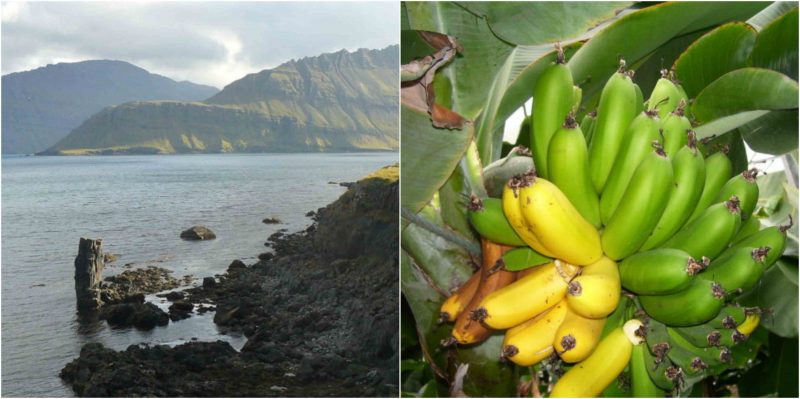The banana is one of the most widely consumed fruits in the world. The well-loved curved yellow fruit, rich in starch and potassium and other minerals, helps the body maintain sufficient fluid levels and regulate the movement of nutrients and waste products in and out of body cells, and can help lower blood pressure. It might even decrease the risk of kidney stones and cancer.
Aside from their nutritional properties, bananas are delicious energizers that take seconds to consume. As a consequence, bananas are planted, grown, and produced in at least 107 countries around the globe and are ranked fourth among the world’s food crops in terms of monetary value.
As a tropical fruit, they are mostly grown in yes, the tropics, countries near the Equator. India, followed by China and the Philippines, have been the largest producers in the world for many years, while France (Martinique and Guadeloupe), Spain (Canary Islands), and Portugal follow suit to a lesser degree.
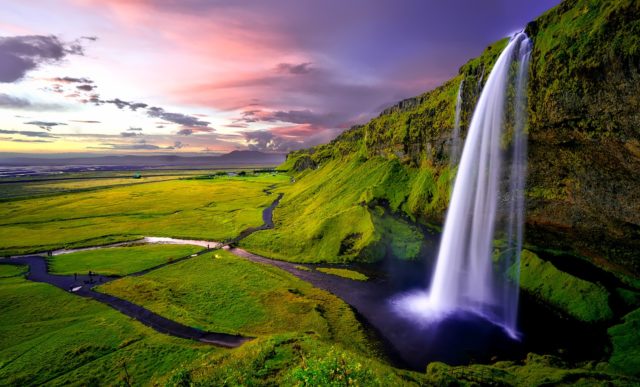
However, in the wake of World War II, one other country in Europe, filled with desolate landscapes, thundering waterfalls, raging glacial rivers, endless sand deserts, and boiling hot springs, set its course in becoming the largest producer and exporter of bananas. Iceland, the land of ice and fire.
Banana production in Iceland began in 1941 and despite the fact that its economy mostly relied on fishing, tourism, and aluminum sales, the government updated the state’s plans in order to bring some much-needed variety to its income.
The combination of inexpensive geothermal power and high prices for imported goods led Iceland to use the warmth from lava from the nearby volcanoes, of which the country has plenty, to grow fruits and vegetables in greenhouses. At one point, this included commercial production of bananas. Free geothermal energy to heat the greenhouses and cheap electricity were believed to be enough during the darkest months, and opened a possibility for bananas to be grown in the middle of the North Atlantic.
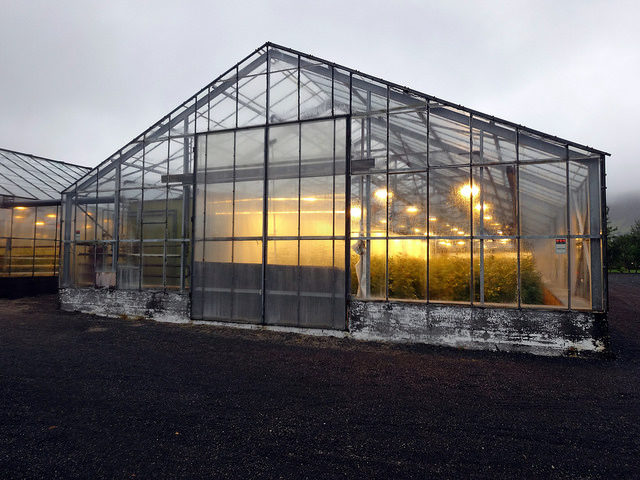
For a short time, it was. The production of vegetables and fruit in greenhouses came to be a growing sector in Iceland. Duties on imported foodstuffs and fruit were high, which made the Icelandic bananas produced in these newly constructed greenhouses competitive, and Icelanders consumed domestically produced bananas for almost a full decade, up until the late 1950s.
However, due to the fact that they grew mostly under artificial light and with low levels of sun exposure, Icelandic banana production was slower than expected. For instance, while it takes only a few months for them to grow near the equator, in Iceland they took almost two years to mature.
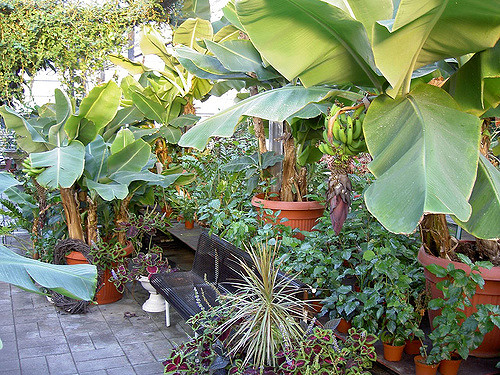
Since 1959, all bananas sold in Icelandic stores have been imported, when the government, seeing that most home-grown fruits were unable to compete with the imported ones, removed import duties on every fruit. By doing so, domestically grown bananas, as well as many other species, disappeared from the market completely.
There is a claim that Iceland has Europe’s largest banana plantation and is currently the largest producer and/or exporter of bananas on the continent. However, this has been disputed on numerous occasions and is simply not true. It was propagated through many movies and books, including one episode of the BBC quiz program QI.
Yes, it is an excellent story, but not close to the truth. Despite the fact that Iceland’s climate is not ideal for growing them, there is one large banana plantation managed by the Icelandic Agricultural University; they’ve been growing there since the 1950s. Located in a greenhouse in the village of Reykir in South Iceland, it nowadays has only 600 to 700 banana plants producing no more than 0.55 – 2.2 tons annually.
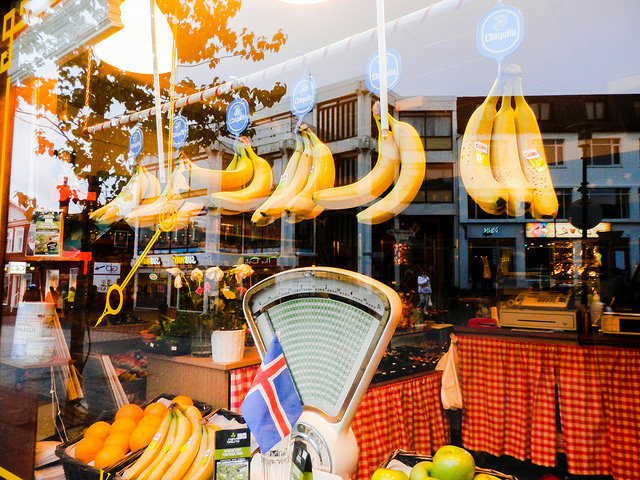
It has a distinct advantage. Isolated from the outside world for more than 60 years, Icelandic bananas are safe from contact with plant diseases, including the devastating Panama Disease caused by a fungus, which today is ravishing the world’s plantations.
Read another story from us: Elvis Presley’s favorite sandwich was Peanut butter, banana, and bacon
So maybe Iceland and the isolation it can provide will one day come in handy in a worst-case scenario, that the disease wipes out the Cavendish banana, the most consumed type of banana today. Guðríður Helgadóttir, the manager at Reykir research station, recently expressed his view on this matter, jokingly stating, ““Who knows, we might have something very valuable in our hands.”
